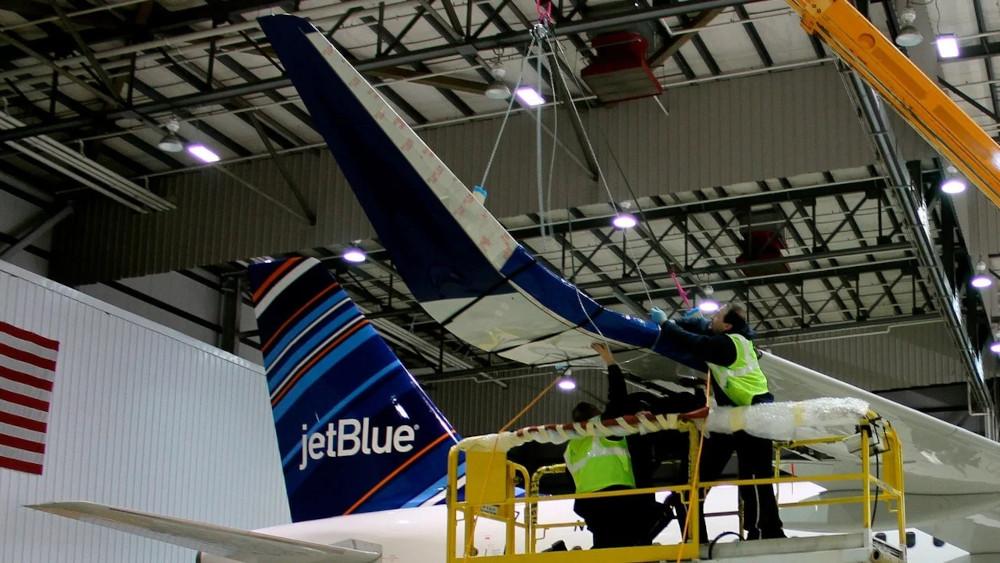
Maintenance labor shortages that characterized the post-pandemic airline recovery period are now easing for JetBlue Airways, the U.S. low-cost carrier has said.
“We’re in a good place there,” said JetBlue president and chief operating officer Joanna Geraghty, noting that initiatives with local schools as well as programs to transition cabin crew and other staff to mechanic qualifications are paying dividends.
“We have a healthy pipeline of mechanics,” she said, adding: “We’ve also seen a slowing of attrition across all work groups, which has been nice. I think we’re through that COVID cycle where it was just a much more challenging period where we were doing a lot of hiring.”
That was one of few bright spots for the airline, though, which is appealing a recent court decision to block its merger with Spirit Airlines, and is dealing with the fallout of Pratt & Whitney Geared Turbofan (GTF) inspections.
JetBlue currently has seven aircraft out of service due to GTF issues, a number it expects to rise to up to 15 by the end of the year.
The airline has bought and leased in more spare engine to try to cope, but these will not be enough to fully offset the extra shop visits, so it expects capacity to suffer this year as a result.
Combined with aircraft delivery deferrals, this will mean the airline does not grow in 2024 putting pressure on it to reduce costs.
Optimizing maintenance planning for mid-life aircraft is part of JetBlue’s savings drive, while fleet modernization from the replacement of Embraer 190 aircraft with Airbus A220s will allow it to avoid $75 million of maintenance costs in 2024, the airline said.





